28th Sep 2022
Humankind’s conflict with the forces of nature is a primal struggle. On a basic level, it’s the crux of our survival. But often, this necessity to control our environment for posterity tips over into an obsession to conquer. It’s the sport of the grapple with the ultimate opponent. It’s Moby Dick, The Perfect Storm, Constable, Turner, and The Old Man and the Sea. A tireless theme in art, literature, and film, I can’t but think that the thrill of this battle is most vividly experienced in a vintage of a single vineyard wine that exceeds all that has come before it. Because, let’s face it, great wine doesn’t fall from great terroir into bottles. It is earned.
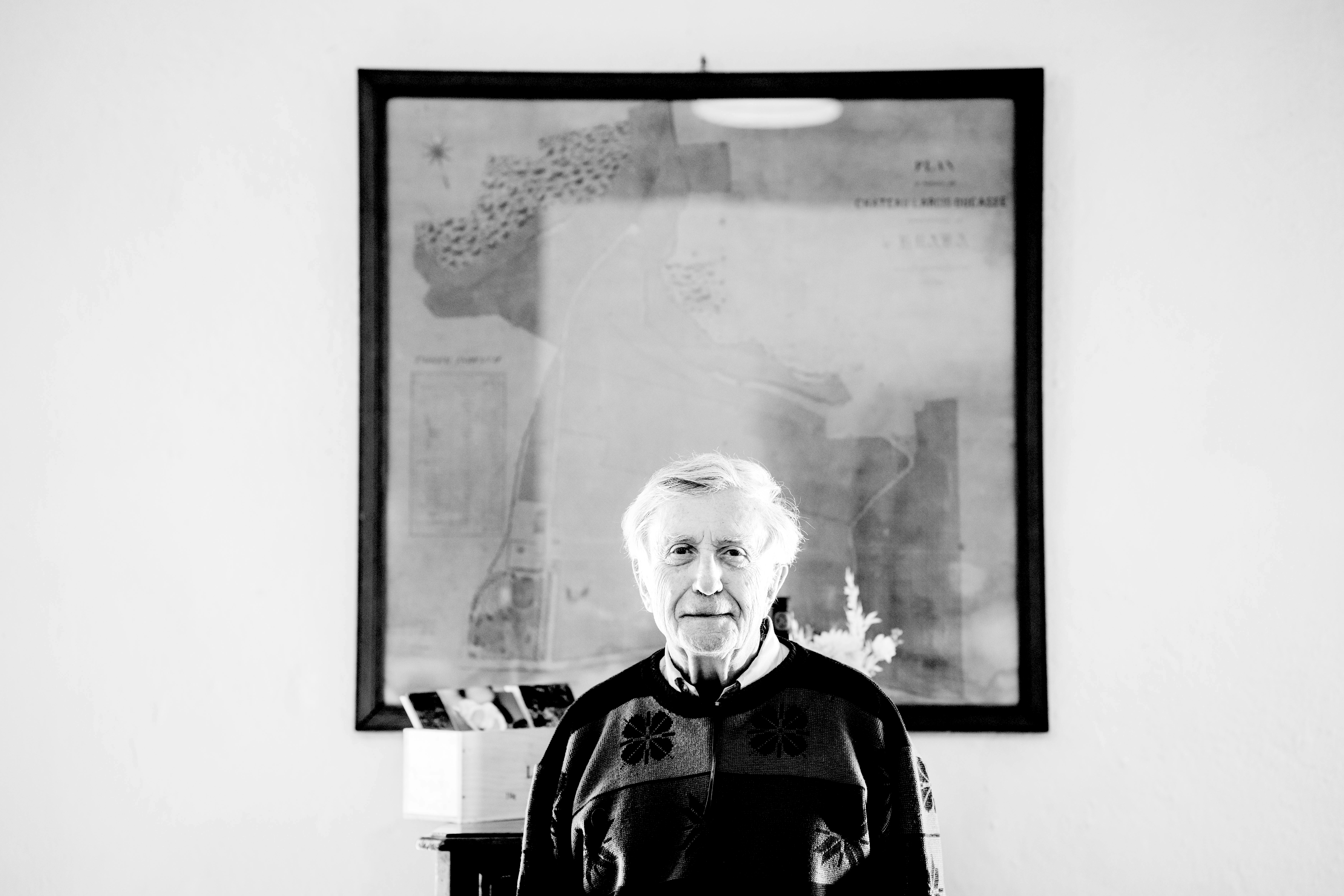
The Old Man and the Sea
For many years, Château Larcis Ducasse had been an underachiever. “Though it benefits from excellent terroir, Larcis Ducasse rarely lives up to its potential,” Robert Parker wrote in the 2003 edition of his Bordeaux book. Until this book’s publishing, the wines were consistently solid yet mostly unimpressive, revealing sparks of greatness in benevolent vintages and signs of Mother Nature getting the upper hand in the more challenging years.
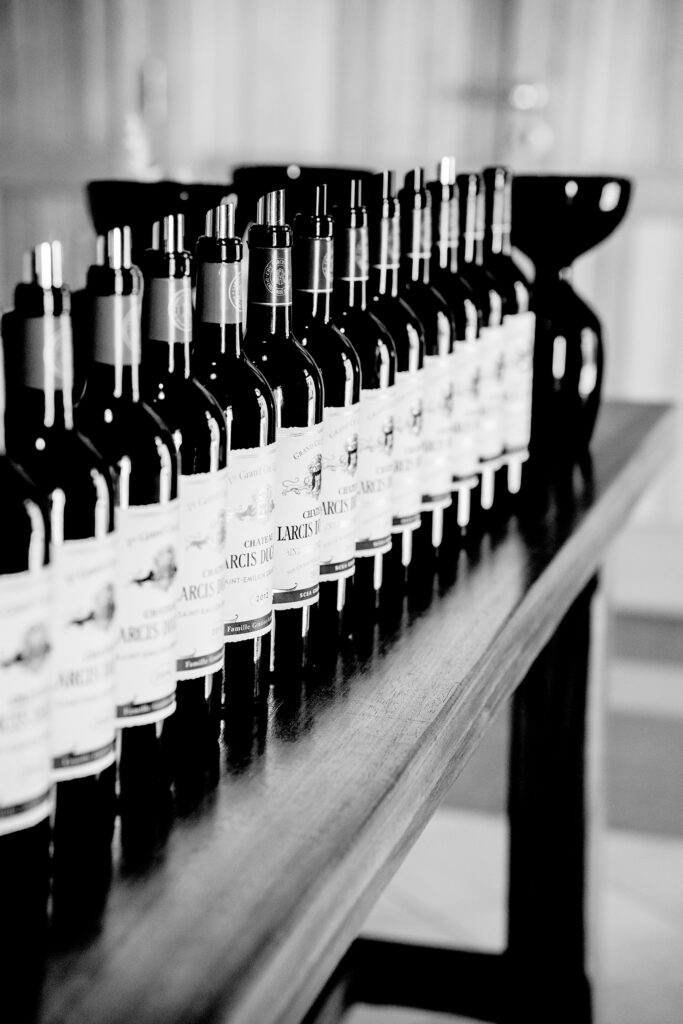
The same family has owned Château Larcis Ducasse since Henri Raba purchased it in 1893. In 1990, Raba’s descendant Jacques-Olivier Gratiot took over the management of the estate on behalf of the family. Then in 2002, Jacques-Olivier hired Nicolas Thienpont to take over the management of the estate, working with David Suire as the technical director. Stephane Derenoncourt and his colleague Julien Lavenu were also brought in as consultant enologists. Together, they conducted extensive soil and vineyard studies to understand the place’s needs and adapt practices. At last, a team of worthy adversaries was in place, armed with the necessary know-how and means to take on Bordeaux’s capricious climate, to take the terroir of Larcis Ducasse to the limits of what it could do.
The Larcis Ducasse vineyard has consisted of the same single block of 11 hectares since 1893. The plantings are roughly 85% Merlot and 15% Cabernet Franc. Cozied up next to Château Pavie, there are two blocks of Merlot on the limestone plateau, which make up about 15% of the total vineyard area.
Selection in the vineyard—harvesting not just by block but by individual vines within plots—is a game-changer to ensure that everything that comes into the winery is at optimal ripeness.
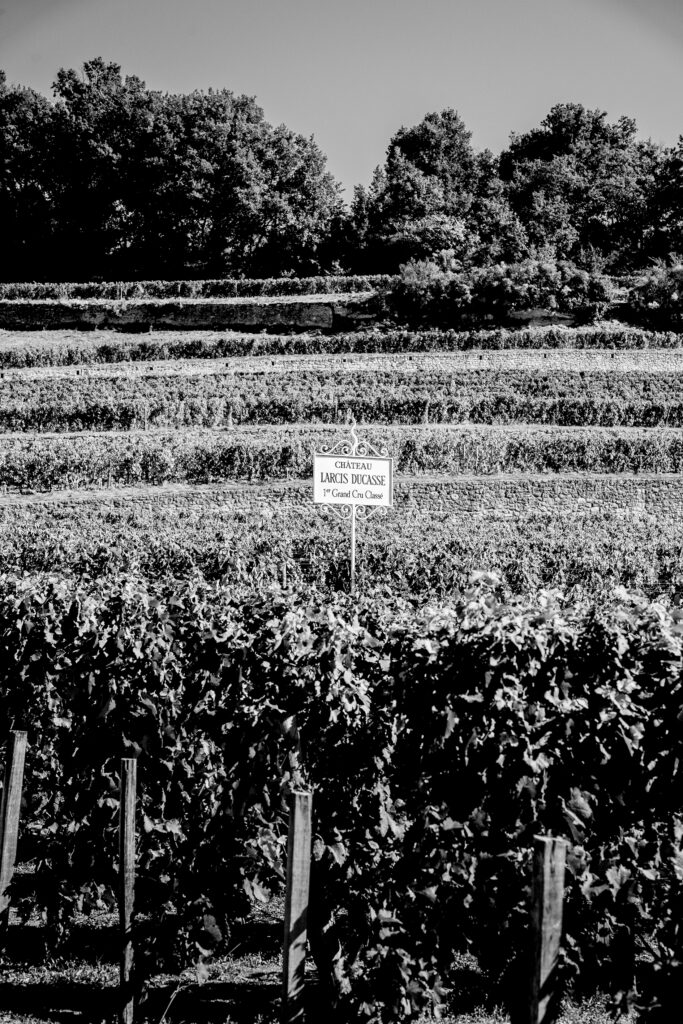
“There are many springs under the plateau,” David Suire told me as we walked the vineyard earlier this month with Nicolas Thienpont and Jacques-Olivier Gratiot. “We have some of the coolest soils of the appellation.”
On the day of my visit, September 20th, their harvest was about 2/3 completed. 2022 will go down as one of the hottest, driest, earliest vintages on record. So, having cooler, water-retaining soils such as limestone and clay is a distinct advantage.
“The last of the Merlot will come in tomorrow,” Suire told me. “Our first pick of the young vines was last Wednesday. You can see that we’ve marked the vines ready for picking tomorrow with a red band.”
“We’ve got a good-sized crop this year, likely to be about 35-37 hectoliters per hectare,” said Suire. “Not bad at all!”
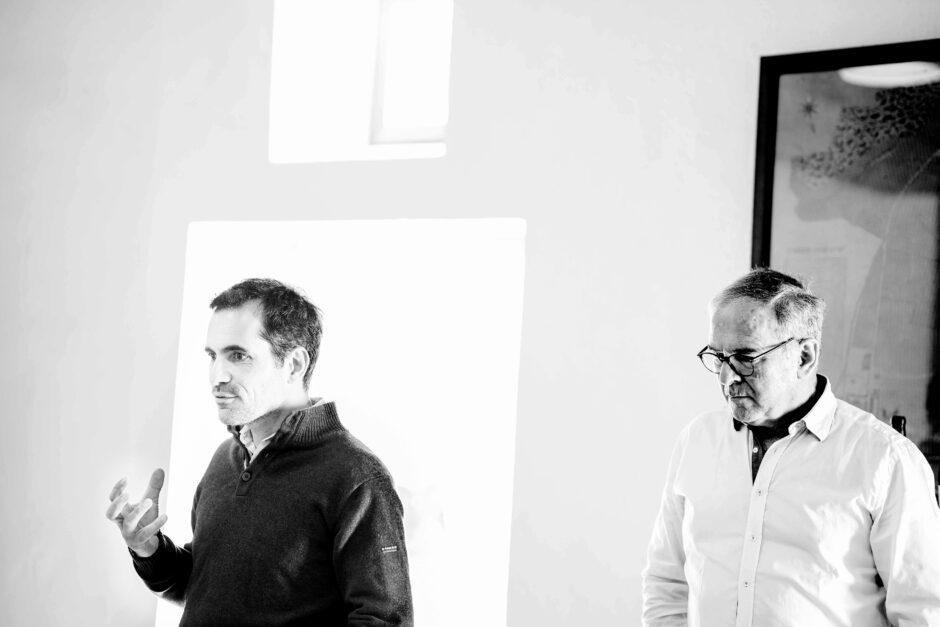
I paused to taste the Merlot from a 65-year-old-vine to be harvested the next day on the Côte Pavie—a steep, south-facing slope of up to 25% grade, laid out in terraces above the Château and winery, where most of the vineyard is located. The berries are small yet nicely plump, with plenty of sweet juice and crunchy, toasty seeds without bitterness.
“Each terrace is different,” said Suire. “There’s a millefeuille of different soils—a mix of limestone and clay with more limestone than clay. In places, blue clay exists under the limestone.”
The bottom section of the vineyard is in the Pied de Côte, or the foot of the slope, where the incline is a gentler 2-5% grade, made up of a sandy clay mixture.
Knowing is one thing but doing is another. Since 2002, the team behind Larcis Ducasse has got seriously strategic. Restructuring and replanting have been taking place throughout the vineyard, using massal selection, maintaining the vine density at a relatively high 8888 vines per hectare. In 2010, a second wine was introduced to elevate the level of the grand vin. And the cellar is being completely rebuilt.
All these measures have and will continue to help level the playing field against Mother Nature, now and for years to come. The proof is in the astonishingly good recent releases, especially the 2019 and 2020.
As we stood mid-vineyard looking up at the terraces towards the limestone plateau, Jacques-Olivier Gratiot, who had been quietly pensive until now, pressed a small, clam-shaped piece of limestone into my palm.
“I found it in the vineyard not long ago,” he said.
“It’s a fossil,” David Suire explained. “From when this land was under the sea.”
“For you,” Jacques-Olivier explained. “Keep it.” His smile brimmed with victory, as though finally he had conquered this sea.
-
Article & Reviews by Lisa Perrotti-Brown MW
Photos by Johan Berglund

PRODUCERS IN THIS ARTICLE
> Show all wines sorted by scoreMore articles

2021 Bordeaux in Bottle and A Modest Proposal
24th Apr 2024
599 tasting notes

Pilcrow’s New Releases
18th Apr 2024
7 tasting notes
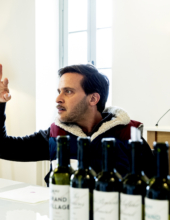
Bordeaux 2023 Primeurs Photo Essay
18th Apr 2024
0 tasting notes
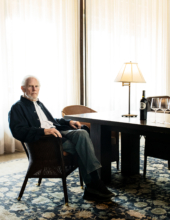
Harlan Estate, BOND, Promontory 2021 and 2011
11th Apr 2024
14 tasting notes
Show all articles